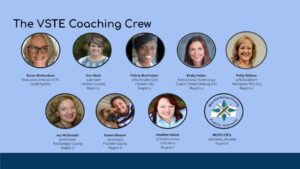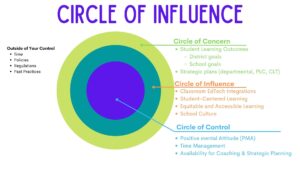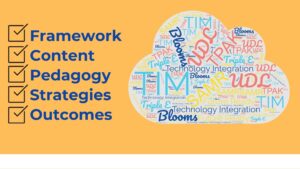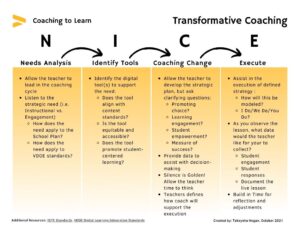Are You the Future VSTE Certified Coach Coordinator?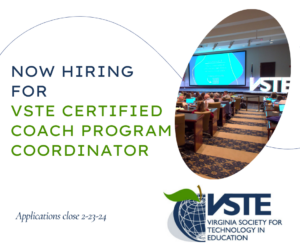
VSTE is on the lookout for a VSTE Certified Coach Coordinator. The VSTE Certified Coach program aims to provide an extended learning program that certifies instructional coaches and to grow a professional learning network of certified coaches that actively contributes to the VSTE mission and VSTE Certified Coach program.
What Does the VSTE Certified Coach Coordinator Do?
The VSTE Certified Coach Coordinator (VCCC) advocates for the role of coaches across the Commonwealth by managing and promoting the VSTE Certified Coach Program (VCC), facilitating the VCC professional learning network, coordinating the renewal process for all VCC coaches, and collaborating with the VSTE Board of Directors, Personal Services Coordinator (PCS), Digital Resources Manager (DRM), and Forward Edge (VSTE’s VCC partner organization). The VCCC is a dynamic role that impacts instructional coaching across the Commonwealth!
Managing and Promoting the VCC
As the coordinator, one of the main tasks is to work with the VSTE executive committee to promote the VCC program, coordinate the VCC application and enrollment process, and update the VCC program resources. You will work closely with the VSTE executive committee and Forward Edge to ensure the efficient and successful management and growth of the VCC program. This means you will be promoting and running registration windows twice a year.
Facilitating the VCC PLN
The VSTE Certified Coach Coordinator will be the primary point of contact for all VSTE Certified Coaches from registration to certification and through the ongoing renewal process. You will manage the VCC Professional Learning Network by managing an online platform for asynchronous communication, coordinating VCC PLN events throughout the year, publishing a quarterly VCC newsletter, and maintaining a database of all VCC coaches and cohorts. This role will be the liaison between the VCC coaches and the VSTE board.
Coordinating the VCC Renewal Program
In order to support the ongoing growth of the VCC coaches as well as the overall VCC program, the VSTE Certified Coach Coordinator will manage the VCC Renewal Program by advocating for opportunities for VCC coaches to earn renewal credits and contribute to the VST vision and goals. In addition, the VCCC will manage the VCC Renewal Program by providing ongoing communication and support to coaches, reviewing and approving renewal submissions, and maintaining current renewal status for all VCC Coaches.
Collaboration is at the heart of this role. The PSC will work closely with the VSTE Board of Directors, the VSTE Professional Services Coordinator (PSC), and the VSTE Digital Resource Manager (DRM). This collaboration entails reporting updates to the Board of Directors, working with the PSC to coordinate opportunities for VCC coaches, and collaborating with the DRM for marketing material publication and website edits.
Do you have what it takes?
To be eligible for this exciting position, you should have completed the VSTE Certified Coach Program. A passion for instructional coaching and VSTE’s vision and mission is essential. The ability to demonstrate excellence in multimedia and design skills, communication and collaboration skills, and content creation experience are required. Experience in professional development design and presentation, project management skills, and collaboration with multiple stakeholders are highly desirable. Demonstrating honesty, humility, transparency, and respect will be highly valued.
The annual salary for this part-time position is $3,500, based on an average of 2 hours of work per week. The expectation is that this position will have fluctuating periods of activity, with some weeks requiring higher hours per week. This position also offers flexible hours and the option to work remotely.
Ready to Make a Difference? Apply Now!
So, if you're ready to take on this exciting role and make a difference in the world of instructional coaching and education, apply now! We can't wait to meet you. Applications are due by 3-1-24.


